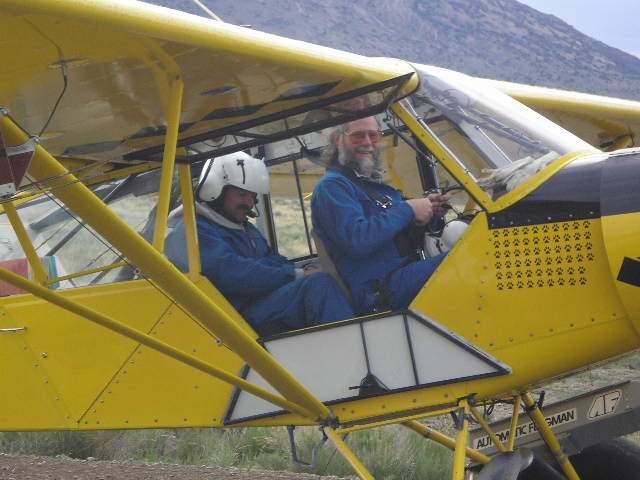Threats
-
Note the lack of plant diversity on the left side of the path which was “treated” to “restore” the forest. Photos by George Wuerthner These two images display a recent example of a forest “restoration” project designed to improve the “health” of a ponderosa pine forest. The area to the left of the path was…
-
Pronghorn in Upper Green River Allotment, Bridger Teton NF, Wyoming. Photo by George Wuerthner A recent article in Wyofile by Argus Thuermer was full of quotes from the ranchers grazing the Upper Green River allotment on the Bridger Teton National Forest in Wyoming. https://www.wyofile.com/ranchers-grizzly-suit-imperils-rights-wildlife-migrations/ The Upper Green River grazing Allotment at 170,000 acres, is one…
-
Large old growth grand fir like this pictured could be cut if the 21-inch rule is discarded. Photo by George Wuerthner Old-growth fir trees in the Lookout Mountain Proposed Wilderness, Ochoco National Forest, Photo by George Wuerthner The Forest Service is proposing to remove the prohibition against logging trees larger than 21 inches that grow…
-
Juniper removal below Abert Rim, Oregon Photo by George Wuerthner The Bureau of Land Management (BLM) is now taking comments on a massive vegetation project for the Great Basin and adjacent areas of the Colorado Plateau. The PEIS for Fuels Reduction and Rangeland Restoration in the Great Basin (the Fuels Reduction and Rangeland Restoration…
-
The Wilderness Society just teamed up with Yale University to release a report promoting renewable energy development on public lands, and like the recent Michael Moore documentary Planet of the Humans, it’s stirring up controversy. The report suggests we should ramp up utility-scale renewable production on federal public lands, with a particular focus on Nevada’s…
-
Agreement with USDA’s Wildlife Services curbs killing of grizzles, wolves, other native wildlife Sarah McMillan, WildEarth Guardians, (406) 549-3895, SMcMillan@wildearthguardians.org Missoula, Montana—In a major win for Montana’s wildlife, WildEarth Guardians settled its lawsuit against USDA’s Wildlife Services (“Wildlife Services”) today, after the federal program agreed to severely curtail its reckless slaughter of native wildlife and use…
-
Hyalite Reservoir in Bozeman watershed. Photo by George Wuerthner Safeway in ruin at Paradise California despite being surrounded by parking lot–lack of fuel didn’t save the building Photo by George Wuerthner Back in the Middle Ages, it was a common practice for “doctors” to bleed the “bad blood” from sick patients. If the…


